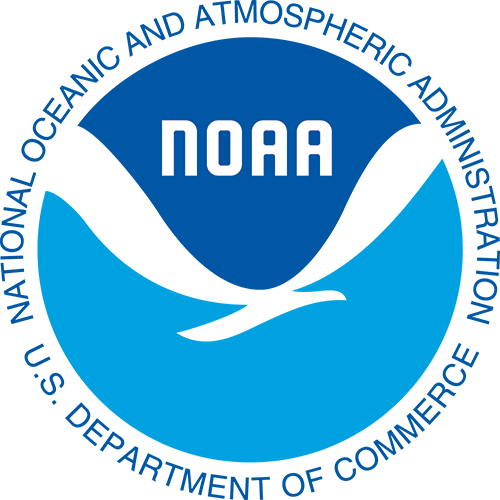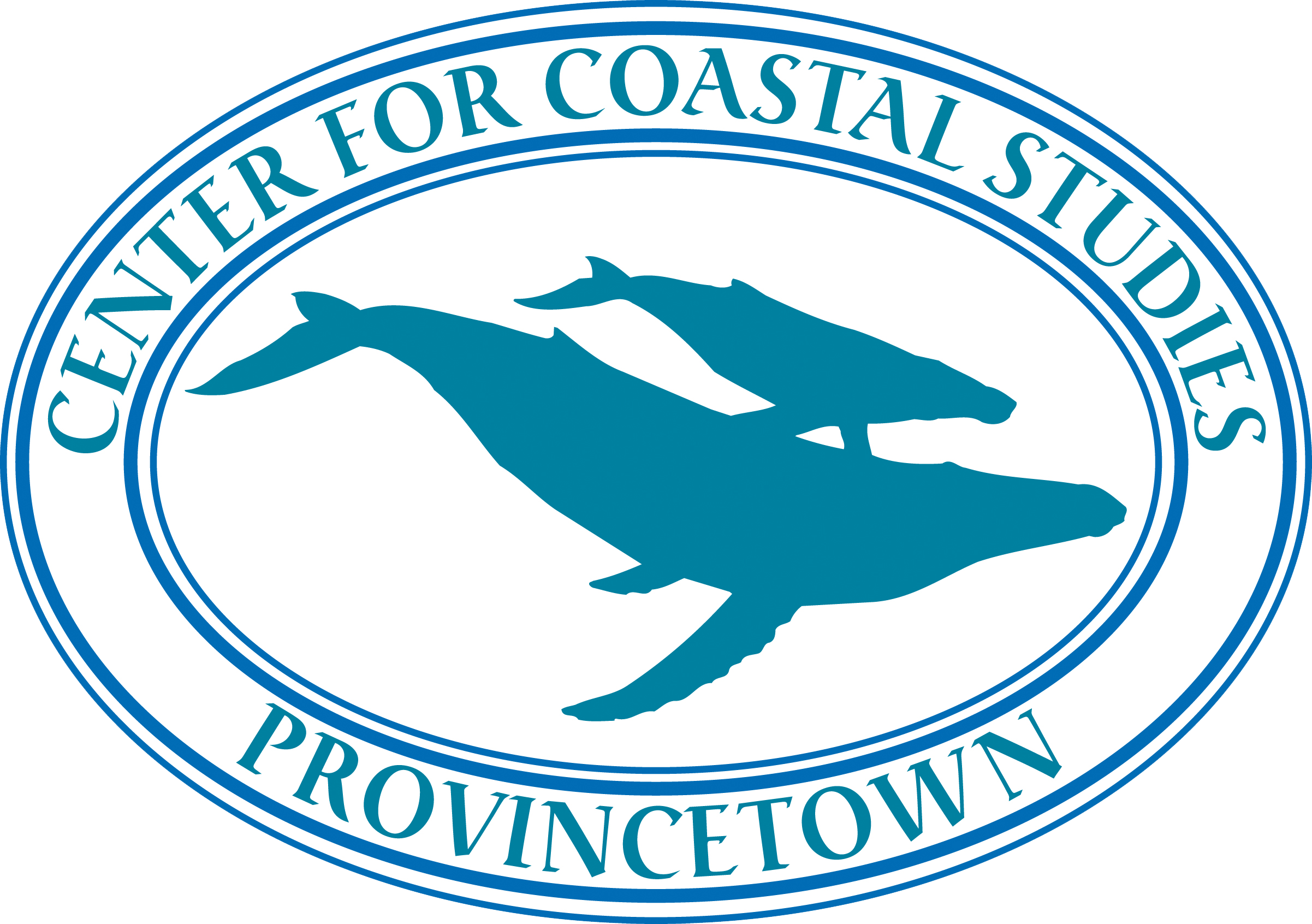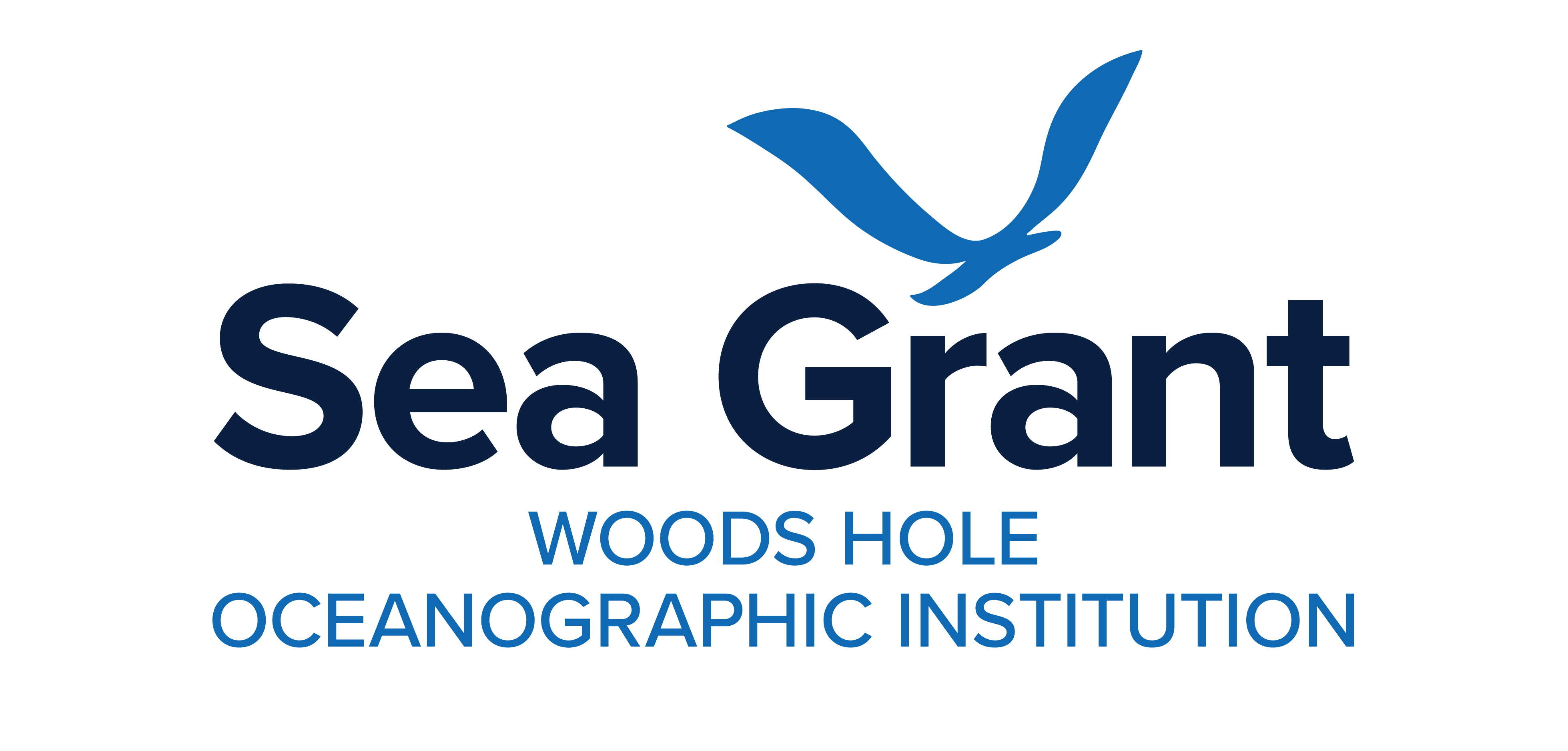Preventing and Removing Ghost Fishing Gear from Shipwrecks
WHOI biologist Kirstin Meyer-Kaiser is leading a team of researchers and education and outreach specialists focused on preventing and removing ghost fishing gear on shipwrecks.

What can happen when fishing gear gets entangled in a shipwreck?
- Ghost gear can destroy sections of historically-important ships
- Ghost gear can also devastate the biological community living on and around it
Why is it important to preserve shipwrecks?
- The wrecks provide insights into Massachusetts’ maritime history
- Shipwrecks are important memorials to the lives lost at sea
- Shipwrecks are hotspots of biodiversity, providing habitats for many different species of marine animals
Massachusetts is home to more than 3000 historically documented wrecks, considered underwater cultural heritage.
An Exhibit to Understand the Impact of Marine Debris on Shipwrecks and Biological Communities Living on Them
In addition to research, this project includes the development of a traveling exhibit. This exhibit is designed to be accessible to everyone—including blind and low-vision individuals. Through tactile elements, audio descriptions, musical material, and opportunities to engage through sound and touch, we’ve created an inclusive experience that invites all visitors to explore, discover, and connect.
Exhibit schedule: The exhibit will be at the WHOI Discovery Center in Woods Hole, MA, in the fall of 2025. Museums interested in hosting the exhibit, contact seagrant@whoi.edu.
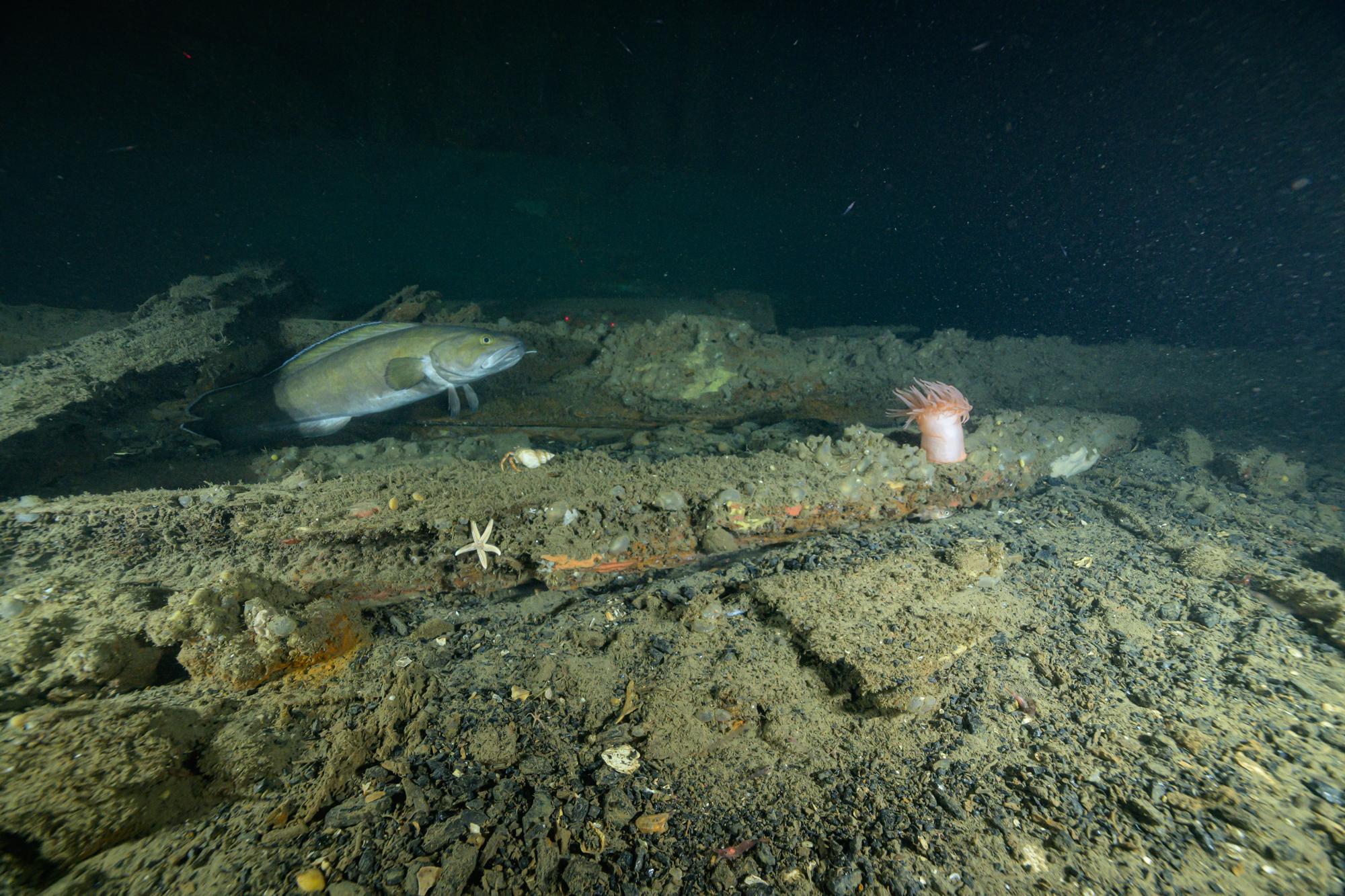
Sessile Symphony: A tactile and musical journey through a shipwreck
One component of the exhibit explores the animals that live around shipwrecks, exploring the role these animals play in the shipwreck community.
To represent each organism on the bow, the musical material indicates both the identification of the species type and where that species can be found on the bow. Therefore, the melody composed for the hydroids is presented in three ranges: high, middle, and low, as they correspond to where they are found on the shipwreck. Rhythm is also used to show where each species is found on the bow. Slower rhythms are indicative of species down toward the bottom of the bow, and faster rhythmic ideas are towards the top. Instrumentation is also varied on each species melody to give each its own identifiable instrument timbre.
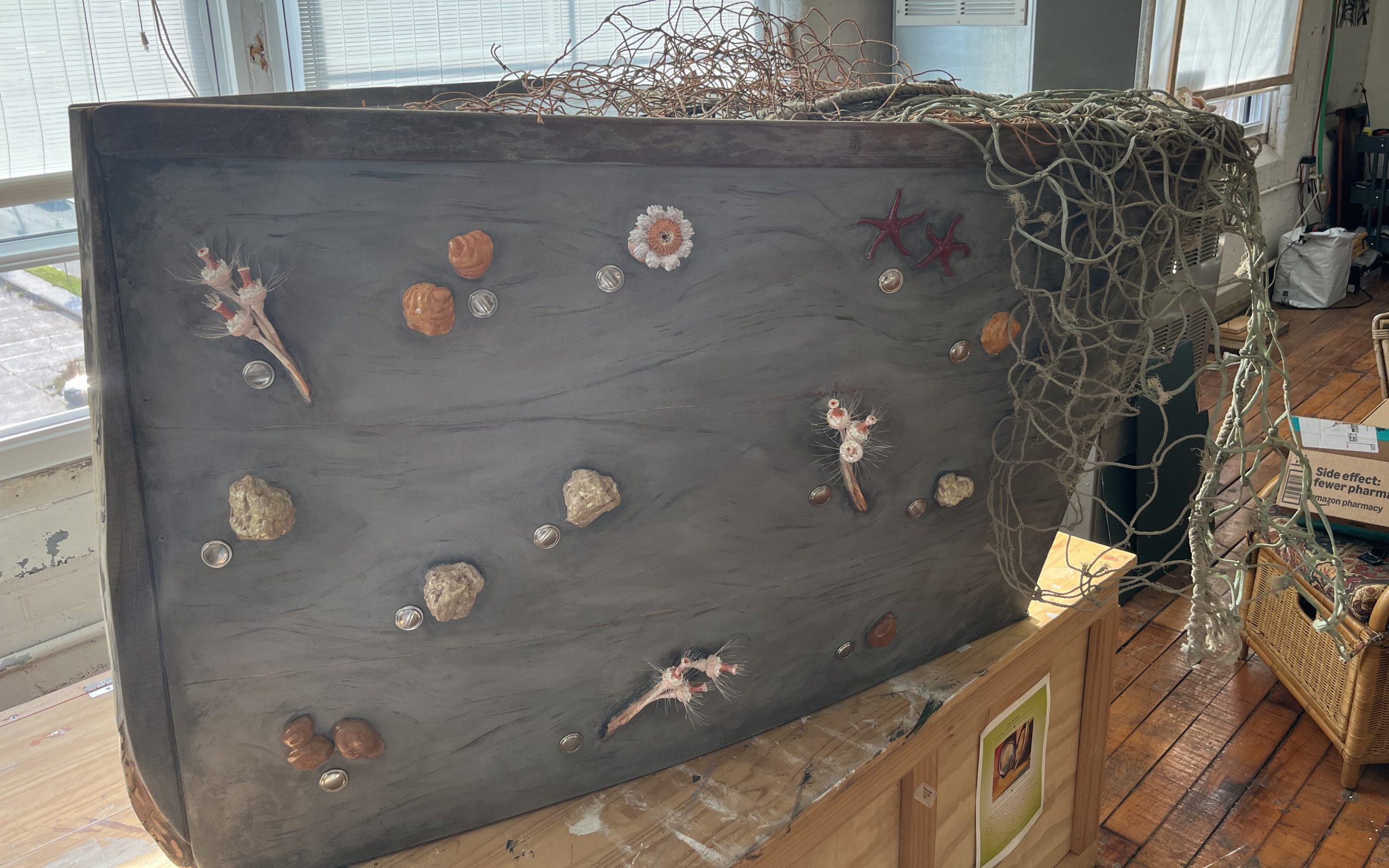
Explore the animals and their musical identifiers
Frilled Anemone (Metridium) is one of the most common species on shipwrecks in the North Atlantic. Most people would expect an anemone to be a suspension feeder (eating particles out of the water - "suspended"), but Metridium is actually a predator! The “particles” it eats are things like krill and copepods. This species can reproduce asexually by splitting itself in half when it’s young, so it’s easy for Metridium to take over a lot of the space on a shipwreck. It prefers to live on the upper part of the wreck, where there’s more access to food.
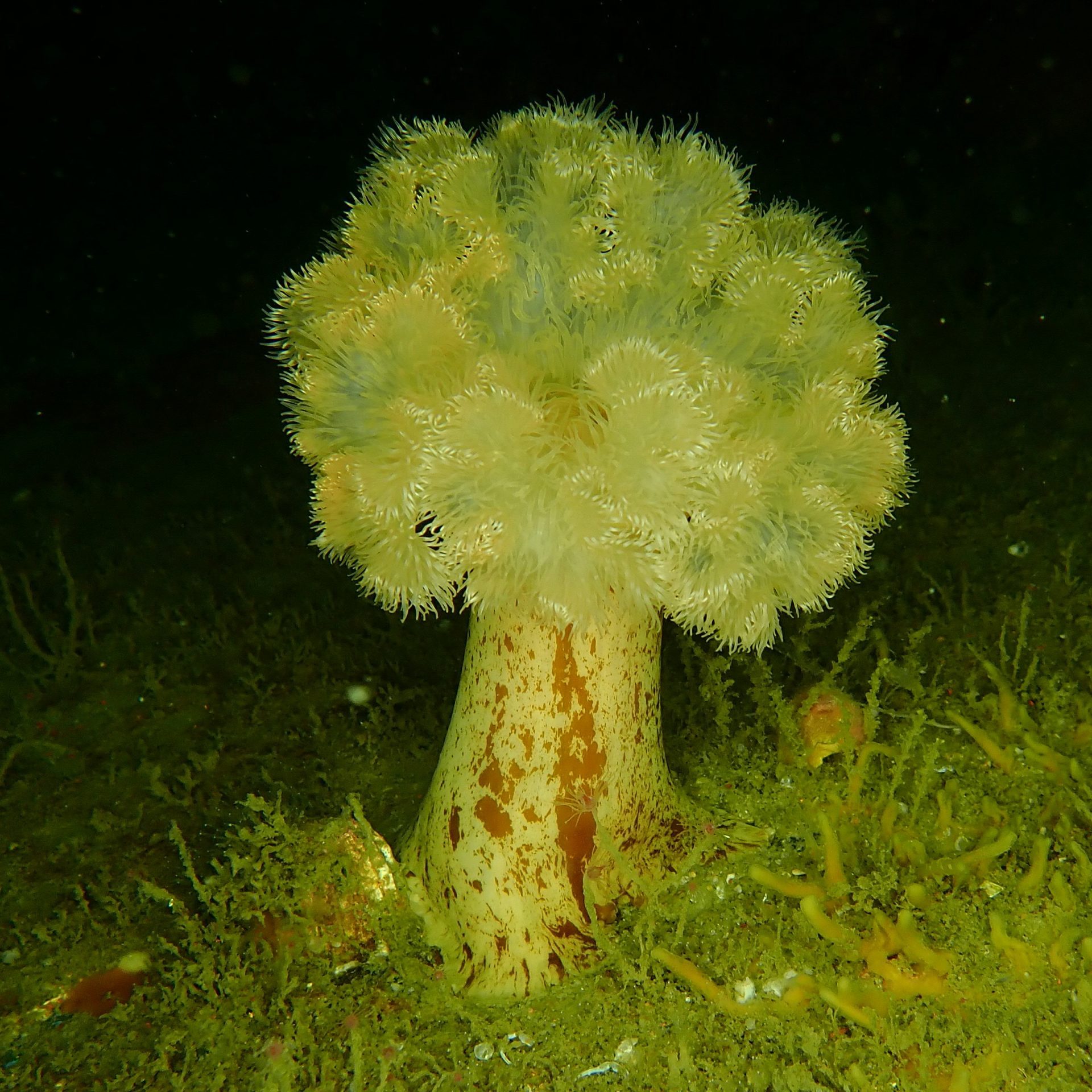
A frilled anemone in the ocean.
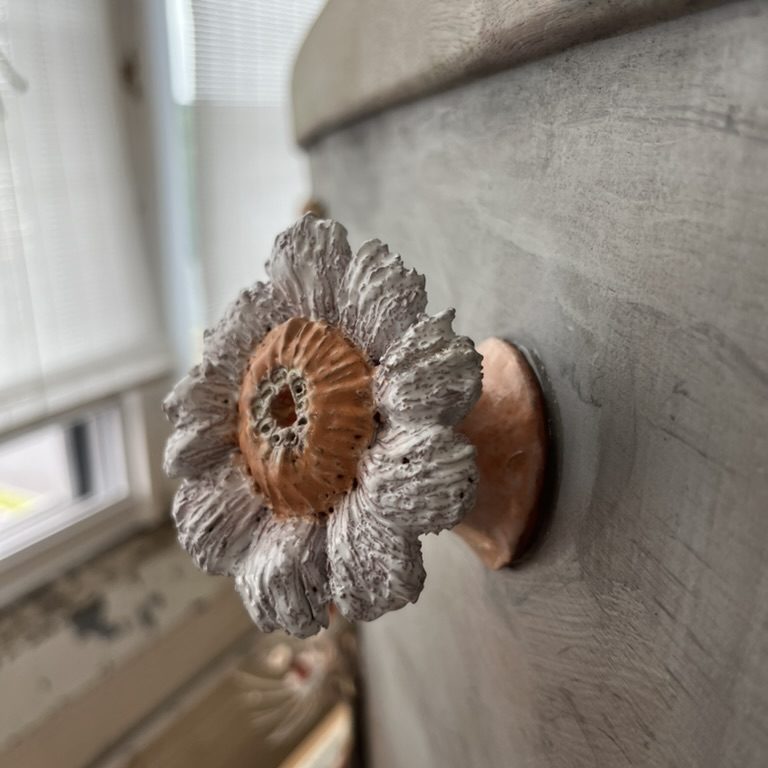
A sculpted frilled anemone on the bow.
Hydroids (Ectopleura crocea) are another sessile suspension feeder. Like Metridium, it can undergo asexual reproduction, so if you see a large clump of Ectopleura, it actually grew from a single individual. All the hydroids in the clump are clones! For some reason, Ectopleura crocea likes to live on “arm” structures – things sticking out of other things. When the freight deck collapsed on historic wreck of the passenger steamship Portland sometime between 2009 and 2019, Ectopleura quickly took over. It loves living on the exposed deck beams. It’s also one of the few species that settles and lives on entangled monofilament.
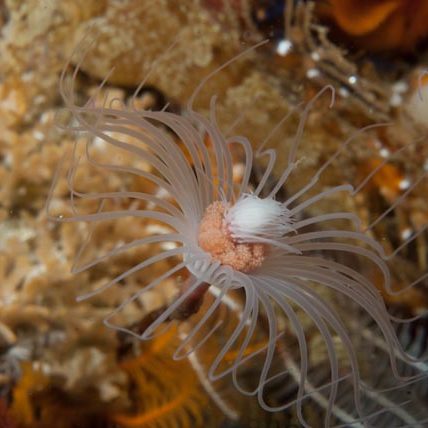
Hydroid in the ocean.
Photo by Seascapeza.

Sculpted hydroids on the bow.
All sculptures by Kim Barry.
Jingle Shell (Anomia). You might know Anomia shells from beaches around Massachusetts. The round, thin, yellow shells wash up regularly and are one of the most common shells. The shells you find on the beach are actually just one half of the jingle shell’s outer protection – the other shell gets cemented to the shipwreck surface. Anomia is a true sessile suspension feeder. It stays in one place for most of its life (all except the larval phase) and filters the water for food.
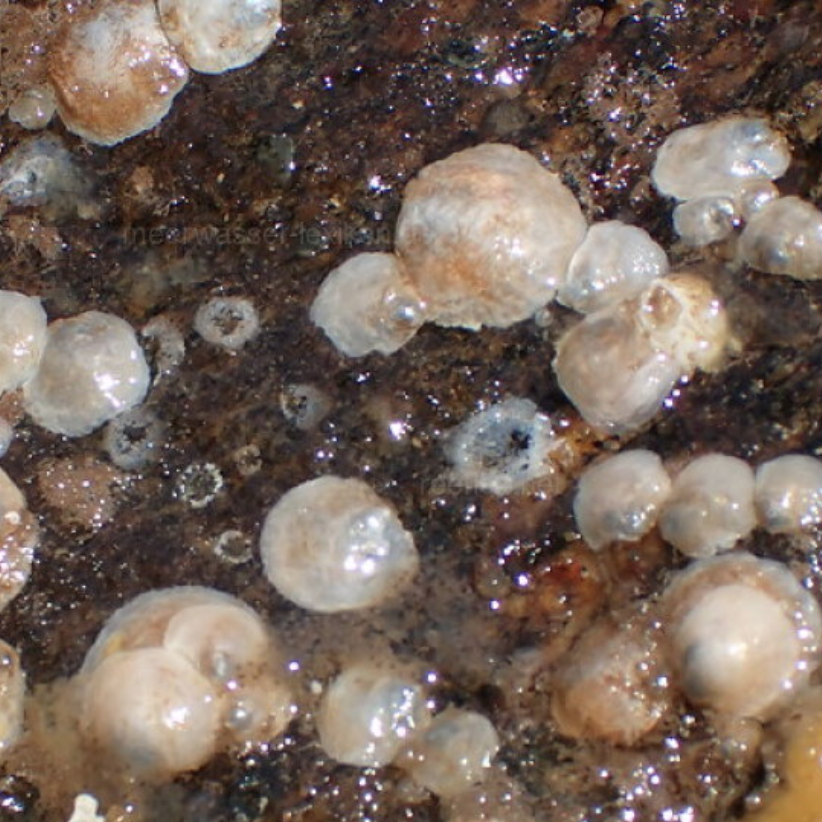
Jingle shells by the shore.
Photo by Jeff Goddard.

Sculpted jingle shells on the bow.
Crumb-of-Bread Sponge (Halichondria) occurs all over the world, and nobody knows where it really came from. We don’t know where it is native versus where it is invasive. It probably spread all over the world on ships centuries ago. It’s also a sessile suspension feeder, and it loves living on the sides of shipwrecks, on the hull.
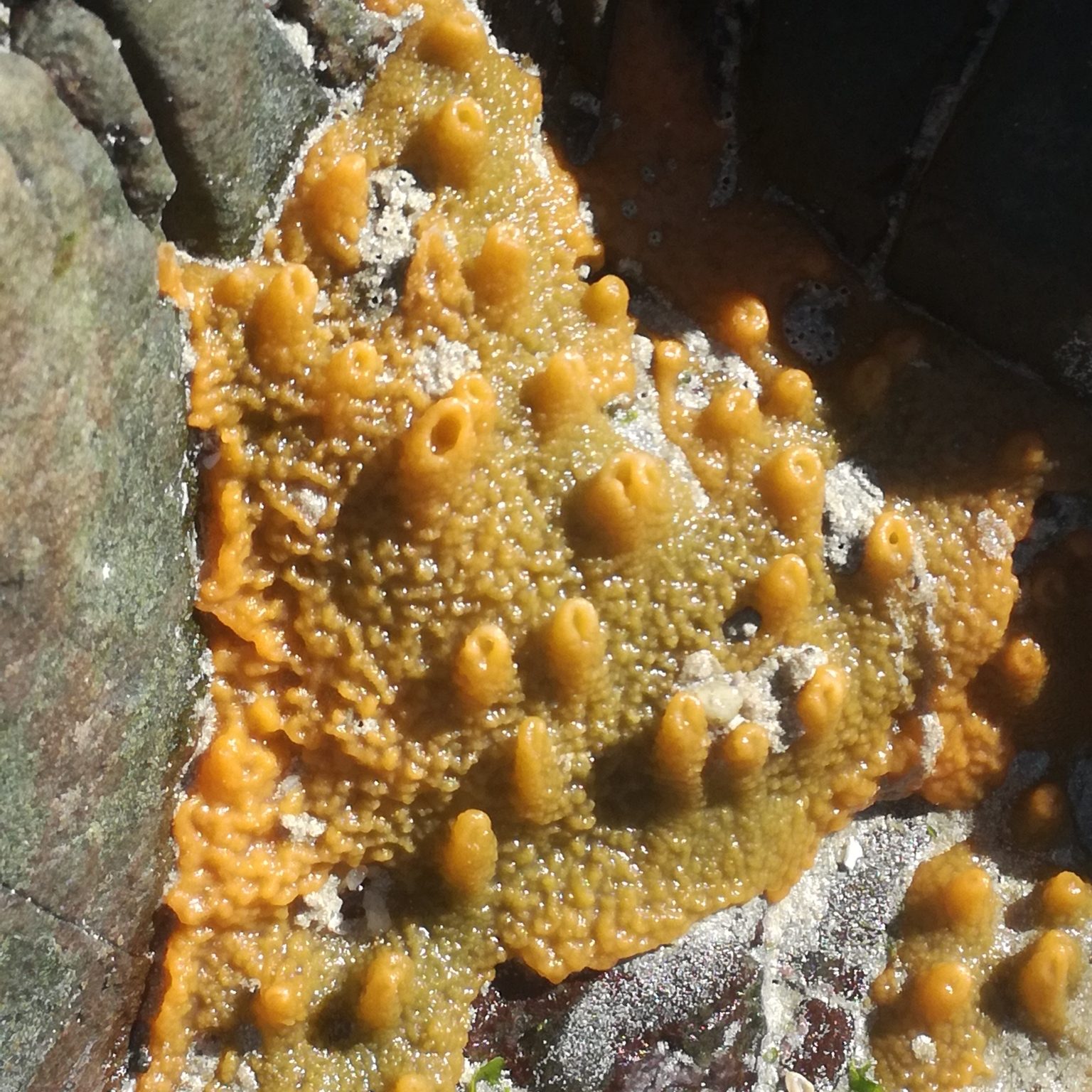
Crumb-of-bread sponge
in the ocean.
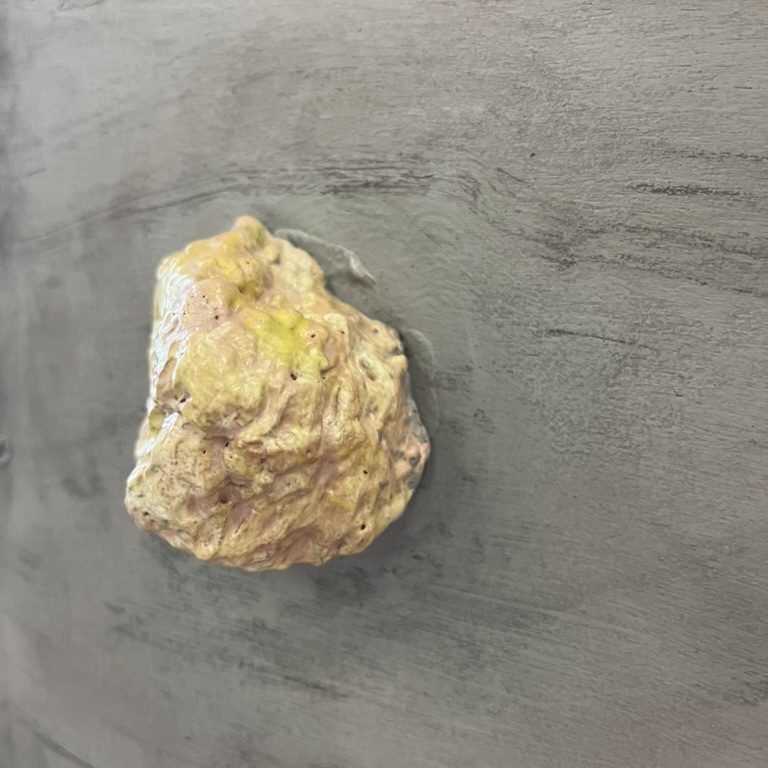
Sculpted crumb-of-bread sponge
on the bow.
Blood Sea Star (Henricia) is a predator that eats a lot of the smaller animals on the shipwreck. It crawls around on the shipwreck surface and is usually detected by its bright red color. Sometimes, Henricia crawls around on entangled trawl nets.
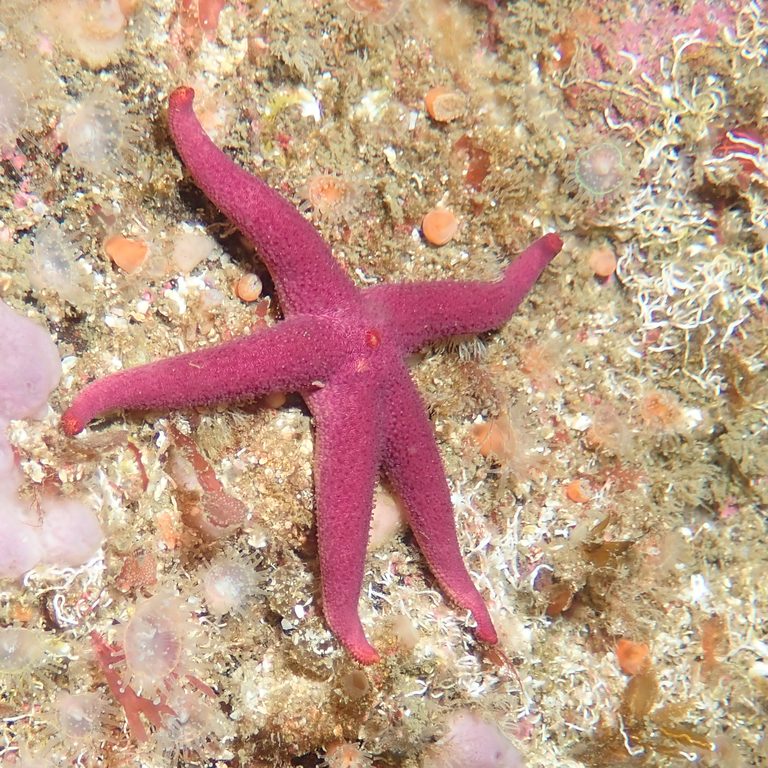
A blood sea star in the ocean.
Photo by Julien Renoult
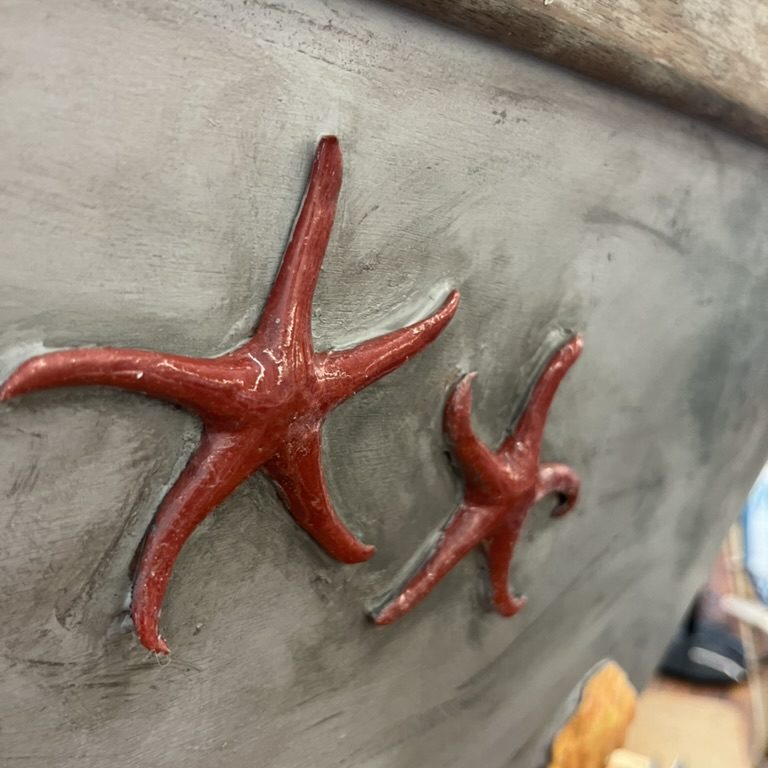
A sculpted blood sea star on the bow.
Sea Grapes (Molgula) are sessile suspension feeders. Unlike the others shown in this exhibit, they have actual muscles that can suck water in and pump water out – feeding actively, not passively. For this reason, Molgula does really well on structures low to the ground, where other suspension feeders like the hydroids and sponges cannot survive. When the fantail stern got ripped off the historic wreck of the steamship Portland sometime between 2009 and 2019, Molgula completely replaced the Metridium on that structure. Once it was closer to the ground, Molgula had the competitive advantage.
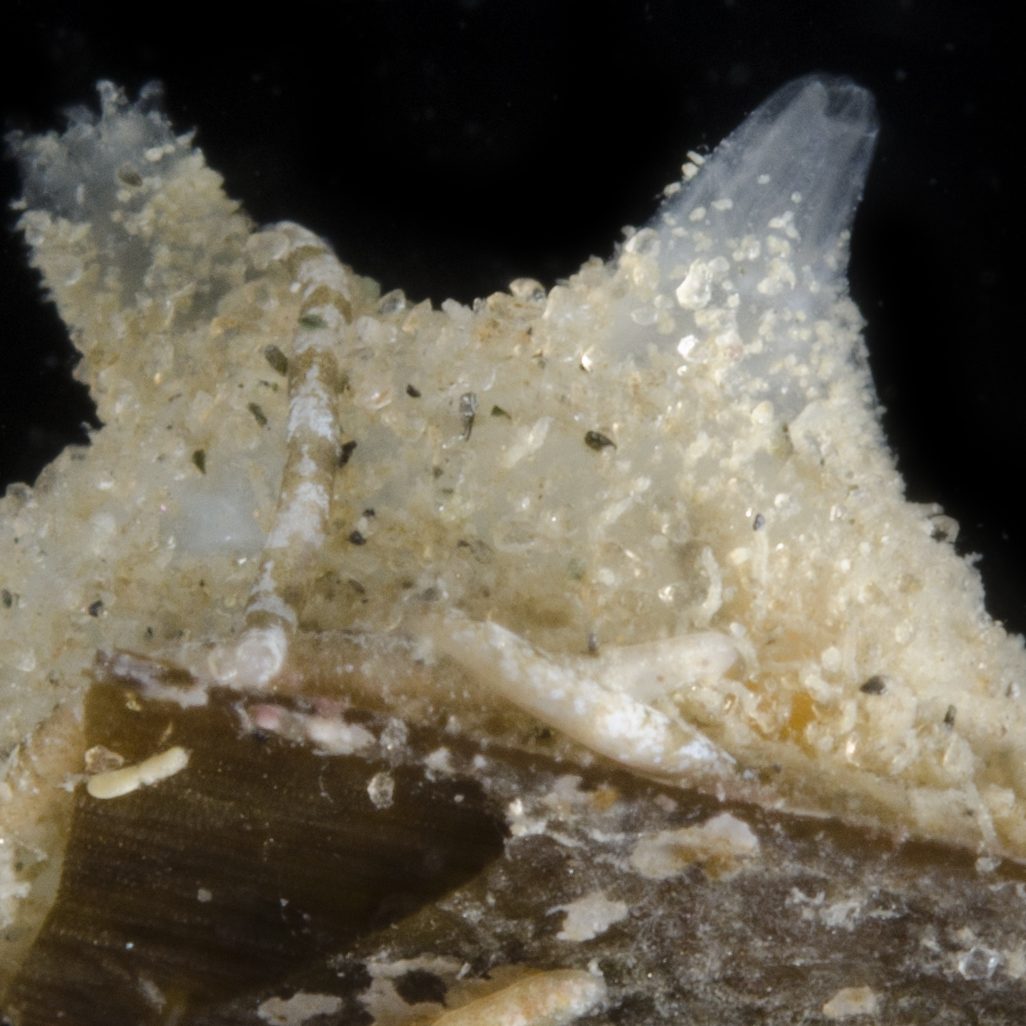
Sea Grapes in the ocean.
Photo by Rob Aguilar, SERC

Sculpted sea grapes on the bow.
Other components of the exhibit
Ghost Gear Removal Mission Video Game
The video game includes audio described sequences to allow all players to understand what is happening during their mission simulation.
3-D Printed ROV
The 3-D printed ROV allows all visitors to explore its design features.
Tide Sculpture
The Tide Sculpture allows participants to use the motion of their hand and the perceived textures on the sculpture track to understand how the water is moving during and between high and low tides.

Project Partners
